
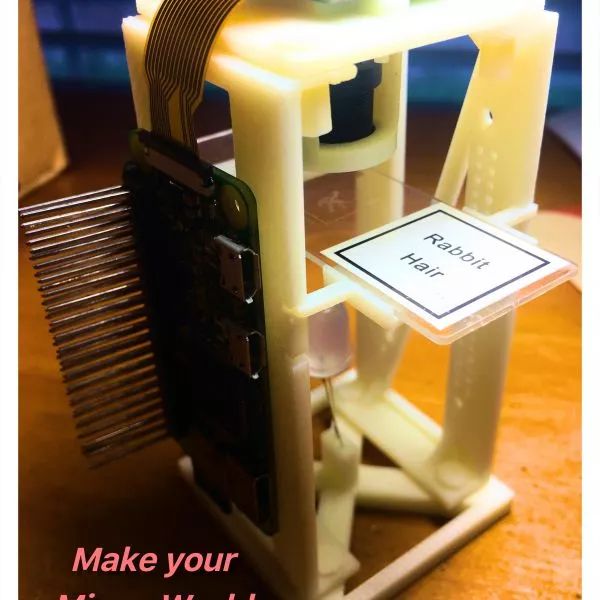
I know there are many Maker friends interested in biology here, and this issue I want to recommend a practical equipment project, an interactive microscope assembled with Raspberry Pi, camera, CCTV lens, and a set of 3D printed brackets.
It is low-cost and powerful, and it is time to replace the traditional elementary school experimental microscope!

Here are two test videos, feel the actual effect:
Materials List
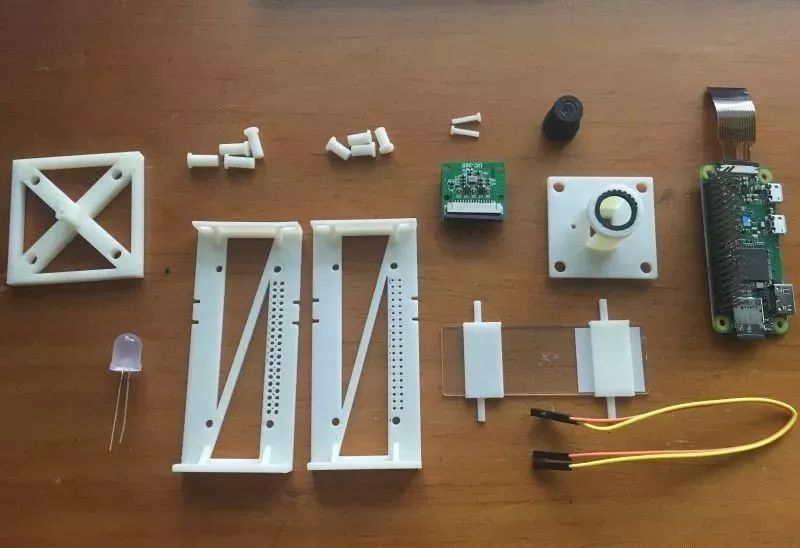
Raspberry Pi Zero W ×1Raspberry Pi Camera ×1Slide ×1Cover Slip ×1CCTV Lens ×1CCTV Lens Locking Ring ×1GPIO Pin Header ×1SD Card 8G ×1Jumper Wires ×SeveralScissors ×1Pliers ×1100 Ohm Resistors ×SeveralLED ×1Micro USB Cable ×1Soldering Kit ×13D Components ×1Transparent Tape ×1
3D Printing
Download the STL_FIles.zip file from the project file library and unzip it.3D print the components yourself or find a seller on some platforms, materials like ABS or PLA are recommended.
The 3D printed parts include:Base ×1Bottom and Top Fixed Screws ×8Large Side Tray ×2Camera Fixed Screws ×2Camera and Lens Socket ×1Lens Rotation Component ×1Small Side Tray ×2Main Structure ×2
Software Installation
1. Power the Raspberry Pi Zero W with a Micro-USB cable.
2. Remote login to the Raspberry Pi via SSH:For Windows Putty:Step 1:Enter<span> [HOSTNAME].local </span> as the hostname, click the connection type – SSH button, then click open.Step 2: When prompted, enter your login username and password.For Mac Terminal:Step 1:In the terminal SSH, enter this command<span> [USERNAME]@[HOSTNAME].local</span>.Step 2: When prompted, enter your password.Note: The following steps may take about 10 hours to complete, please be patient.
3. In the CLI (Command Line Interface) on SSH, enter the following commands to set up OpenCV:Note, if the CLI prompts “Do you want to continue?”, please enter y.

sudo apt-get install build-essential
sudo apt-get install cmake git libgtk2.0-dev vim pkg-config libavcodec-dev libavformat-dev libswscale-dev
sudo apt-get install python-dev python-numpy python-pip libtbb2 libtbb-dev libjpeg-dev libpng-dev libtiff-dev libjasper-dev libdc1394-22-dev
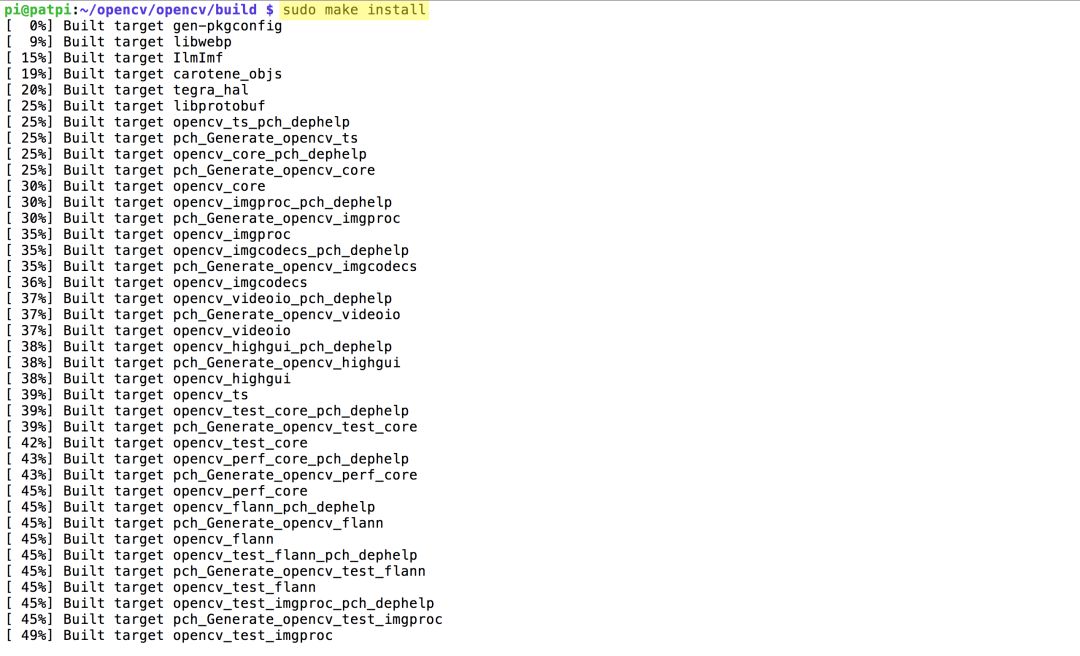
As shown in the figure, I created a parent directory including the cloned opencv directory, but I ultimately did not adopt it, which can be simpler.
git clone https://github.com/opencv/opencv.git
cd opencv/
mkdir build
cd build/
cmake -D CMAKE_BUILD_TYPE=RELEASE -D CMAKE_INSTALL_PREFIX=/usr/local -D INSTALL_PYTHON_EXAMPLES=ON ..
make
sudo make install
cd
4. Download and unzip the picroscope.zip folder on your computer.The source files can be downloaded from the project file library.https://make.quwj.com/project/146
Then, upload the folder to the Raspberry Pi Zero W:For Windows WinSCP.Step 1: Enter[HOSTNAME].local as the hostname, enter your login username and password when prompted, select SFTP as the file protocol, and then click login.Step 2: Find the program file in the computer drive and drag the file from left to right, which is the main directory of the Raspberry Pi Zero W.
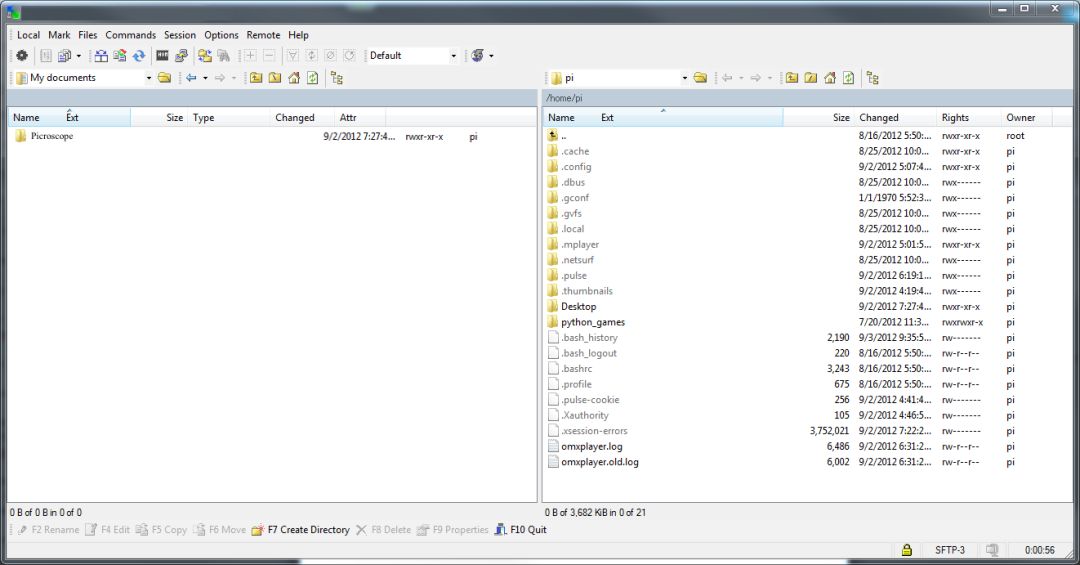
Step 1: Click the plus sign in the terminal to create a new tab or session.Step 2:Enter the command <span>sftp [USERNAME]@[HOSTNAME].local</span>.Step 3: When prompted, enter your password.Step 4:Find the location path of the folder on your computer and enter the command<span> pwd</span> in the SSH tab of the terminal to find the main directory path of the Raspberry Pi Zero W. Copy the path for later use.Step 5: Enter the command<span> put -r [PATH2FOLDER-Laptop] [PATH2HOME-PiZeroW]</span>
5. Enter the following command to check if OpenCV is valid and can be used in Python.
cd
python
import cv2
|
If an error is displayed, use the internet to troubleshoot the problem. If other methods do not work, please post a question.
|
If there are no problems, OpenCV can be used normally. You can enter the following command to exit the Python CLI.
exit()
Enter the following command to shut down the Raspberry Pi.
sudo shutdown now
|
Disconnect the USB cable.
|
Assemble 3D Components
Once the 3D printed components are completed, assemble them at this step.1. Lens Part
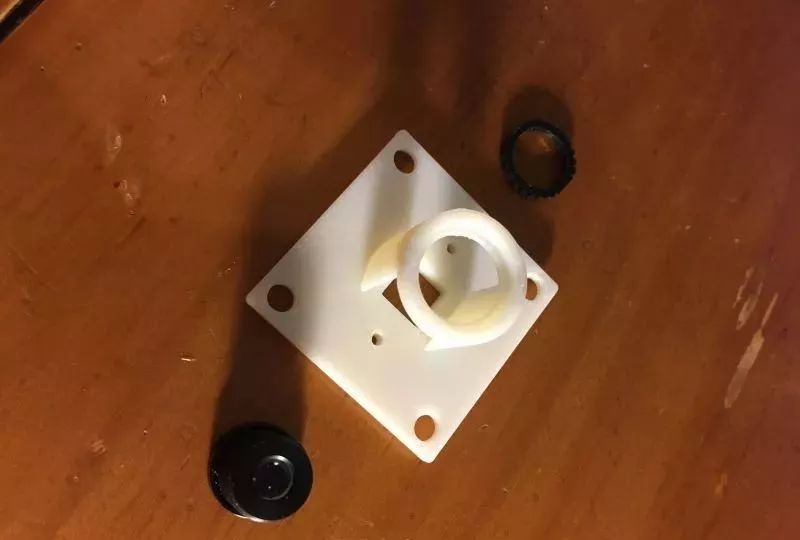
Camera and CCTV lens bracket (camera + lens bracket), lens and locking ring.

Adjust the direction of the lens so that the smaller lens faces upwards.
Carefully pass the lens through the round hole in the lens bracket.
Place the locking ring on top of the lens.
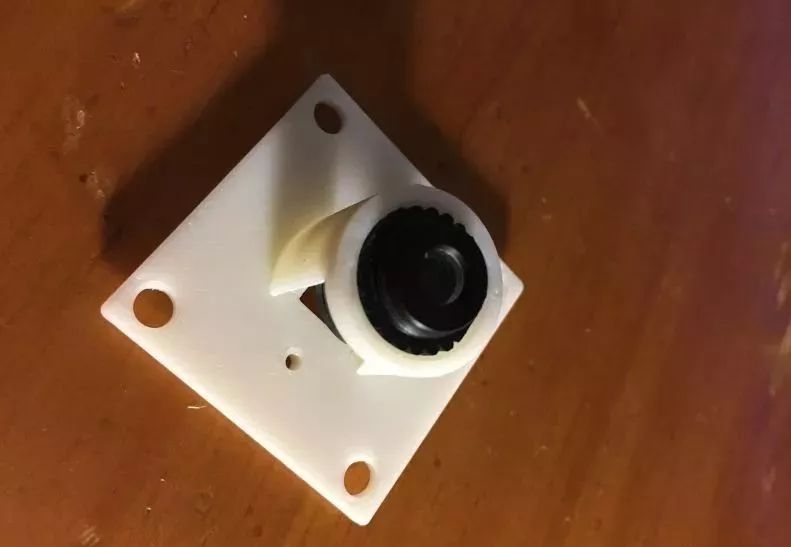
Fix the locking ring to the lens and carefully pull the lens down until the locking ring is fixed to the top of the lens bracket.
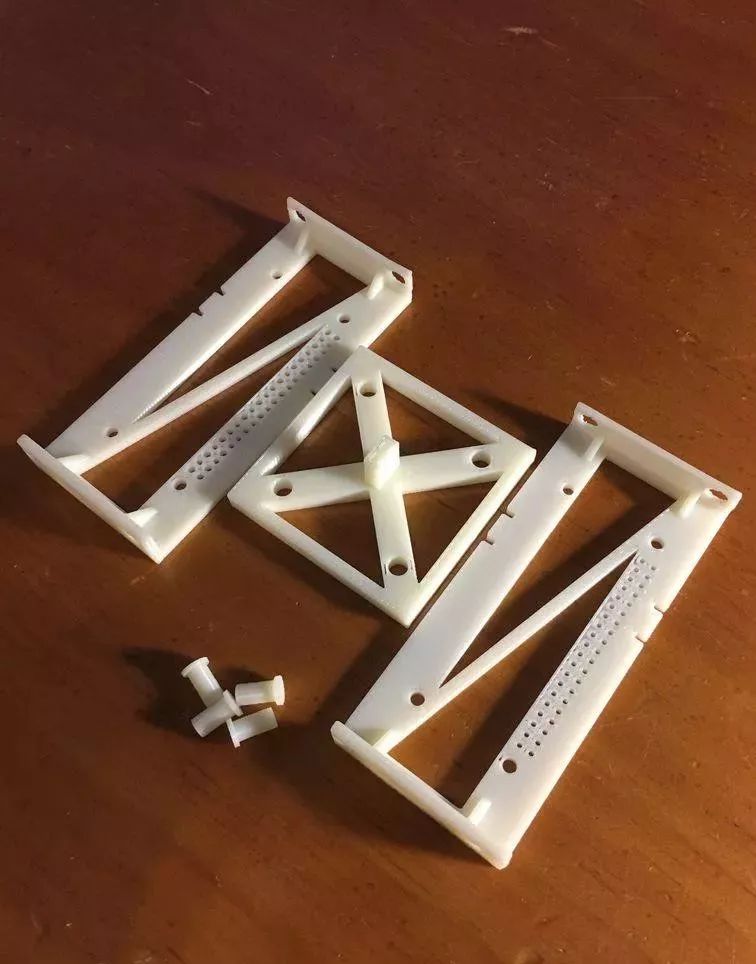
Base, two main structures, and four fixed parts.
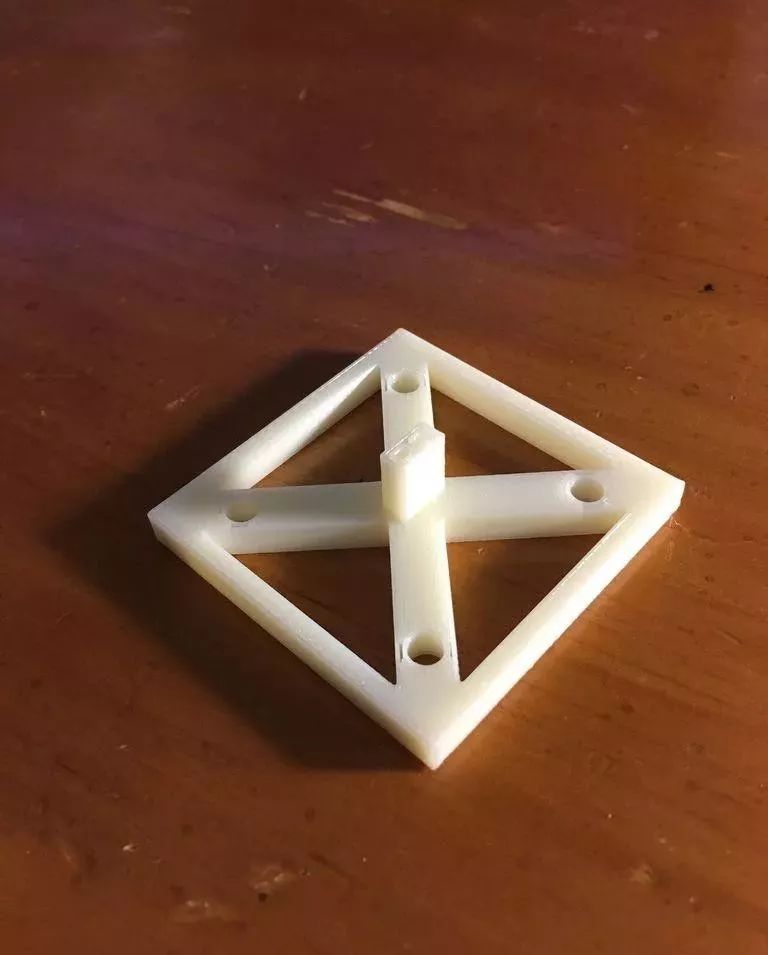
Start assembling from the base.
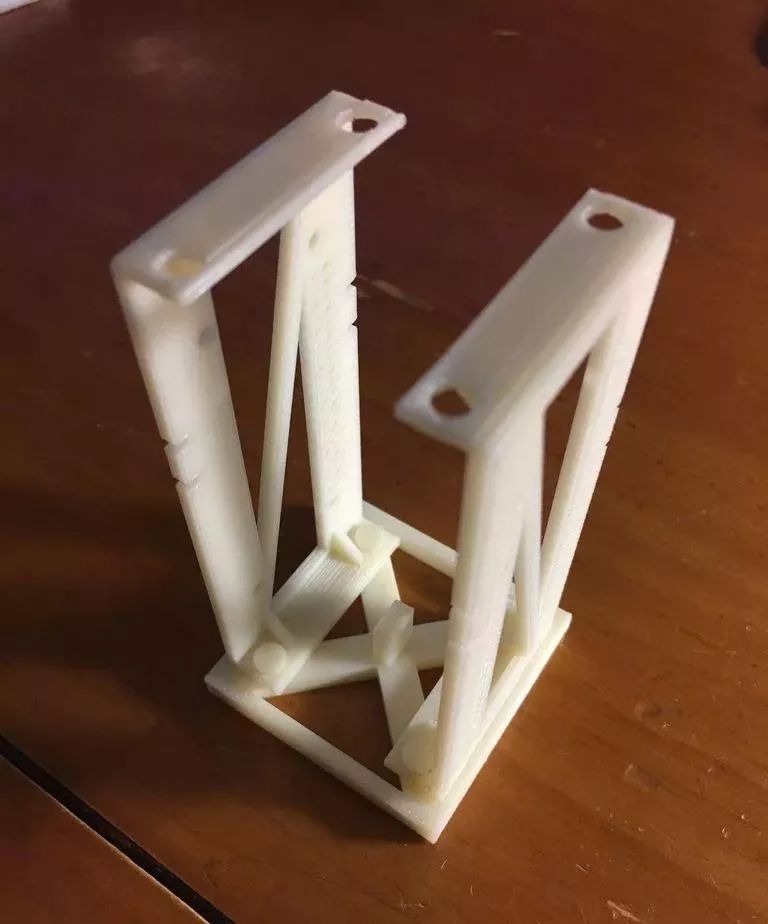
Fix the main structure, install the thicker end of the foot on the base and secure it in place.
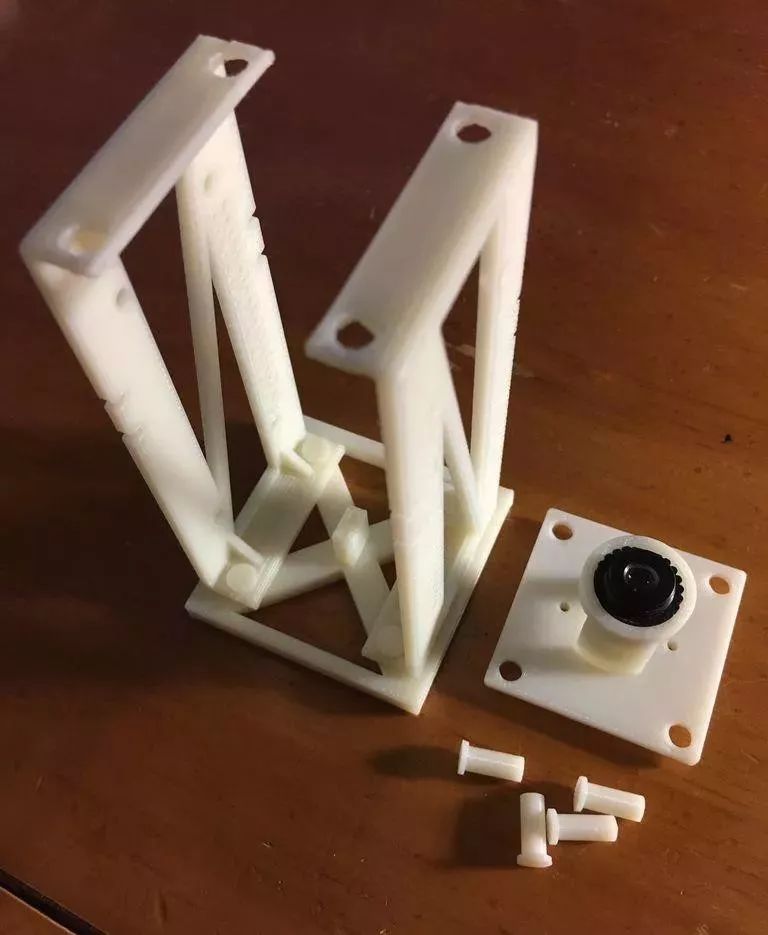
Lens, the other four fixed parts, camera + lens bracket.
Fix the camera + lens bracket to the top of the main structure, facing the base and secure it in place.
Install the Camera
1. Optical adjustment of the camera.
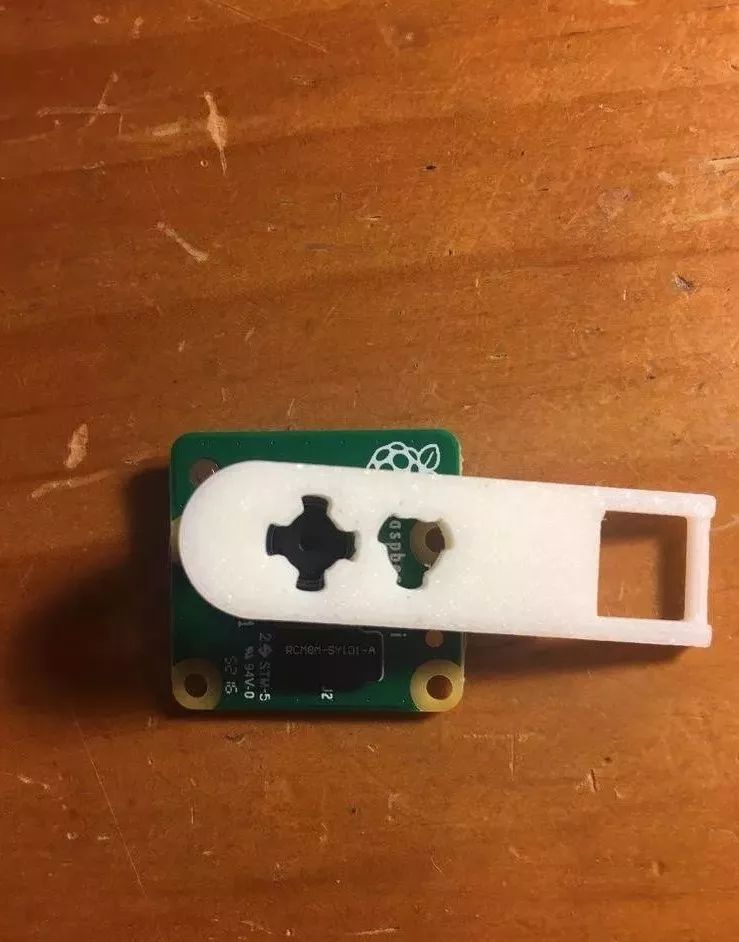
Use the 3D printed lens remover to remove the lens from the camera.
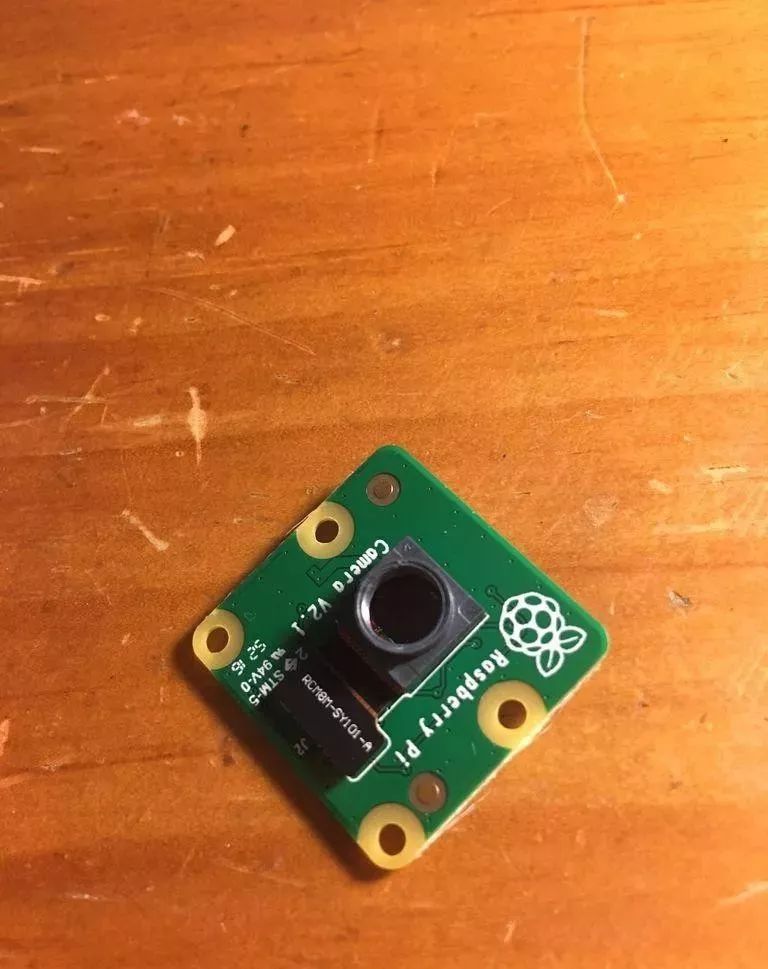
Carefully remove the hot mirror glass filter from the camera, keep the lens and glass filter dry and tidy.2. Connect the camera to the Raspberry Pi Zero W.
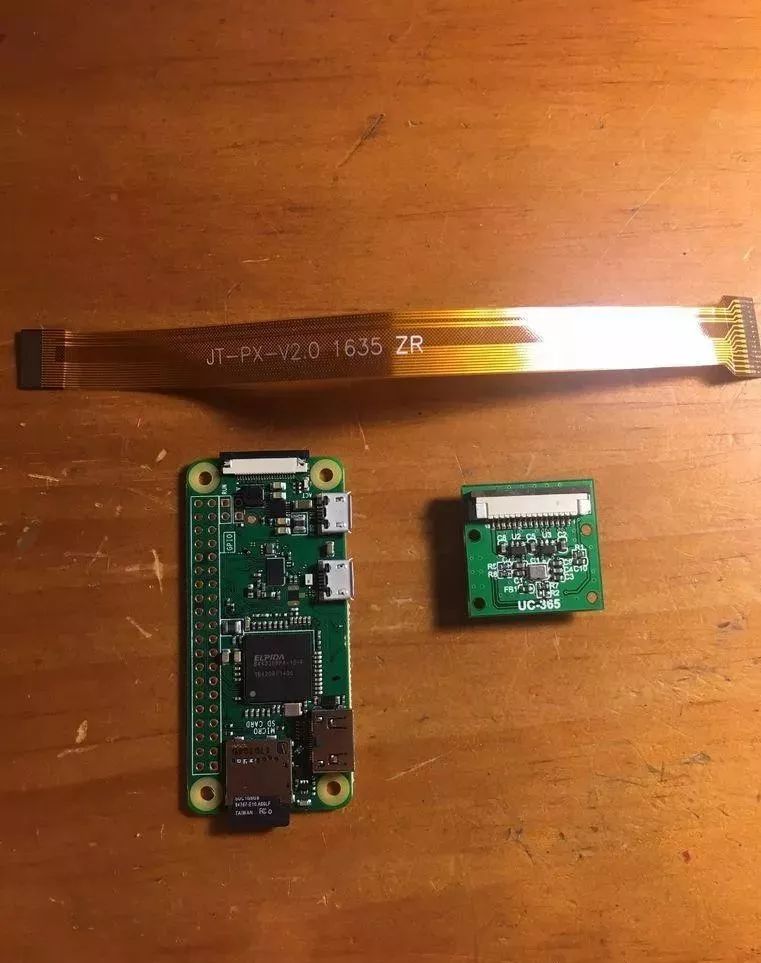
Camera, Raspberry Pi Zero W, and CSI cable.
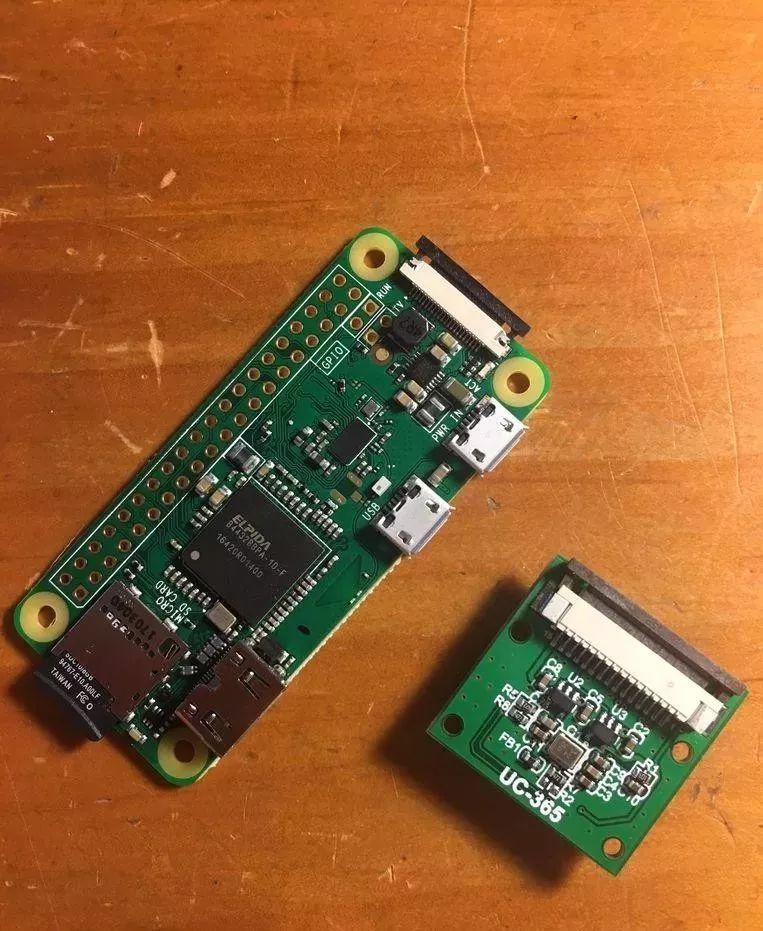
Open the CSI port of the camera and the CSI port of the Raspberry Pi.
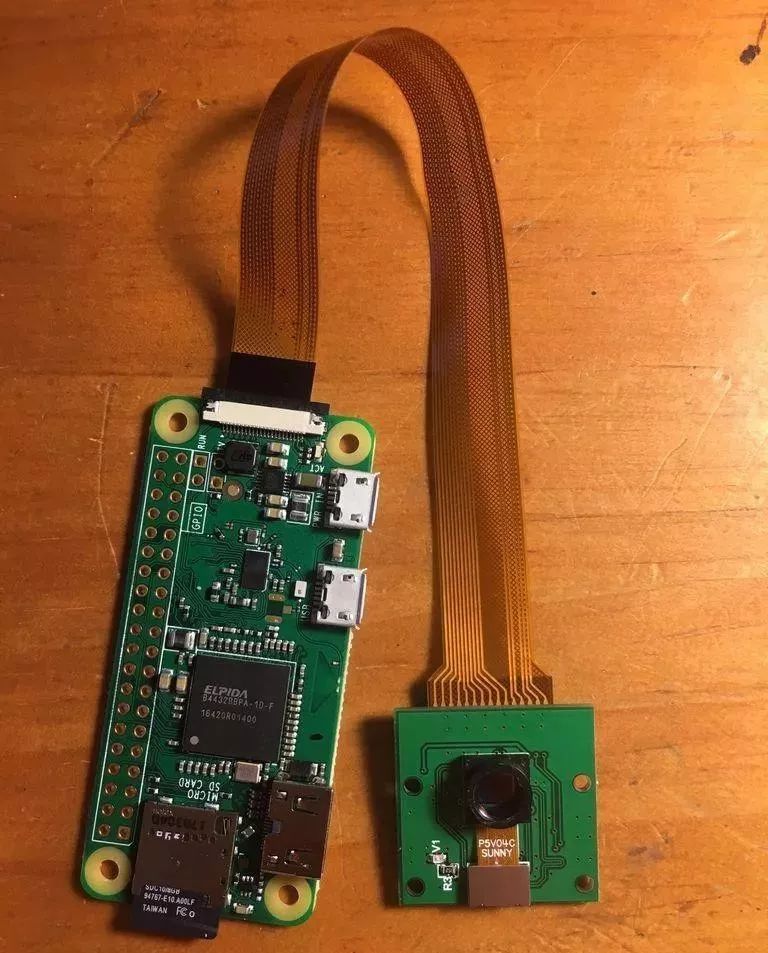
Connect the ends of the CSI cable to the CSI ports according to the size of the CSI ports.Finally close the CSI port.
Configure the Camera on the Raspberry Pi
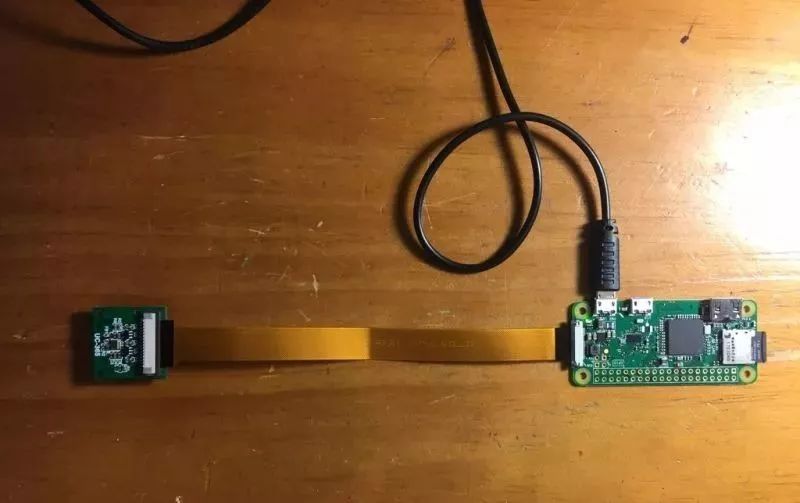
1. Power the Raspberry Pi with a Micro-USB cable, and enter the Raspberry Pi via SSH (refer to the previous steps).2. Use the following command to enable the camera interface on the Raspberry Pi:In CLI, enter sudo raspi-configSelect “Interfacing Options”Select “Camera”When the system asks whether to enable the camera, select “yes”When prompted to reboot the Raspberry Pi, select “yes”3. Enter the Raspberry Pi via SSH again.4. Run the command to download the camera and simple server’s Python interface.
sudo pip install picamera
sudo pip install Flask
5. Run the following command to test if the camera works properly.
cd picroscope
python LiveStream.py
Step 1: Open the browser and enter:[HOSTNAME].local:5000
Step 2: You should see the camera live streaming. Since there is no lens, the image will be blurry, but don’t worry.
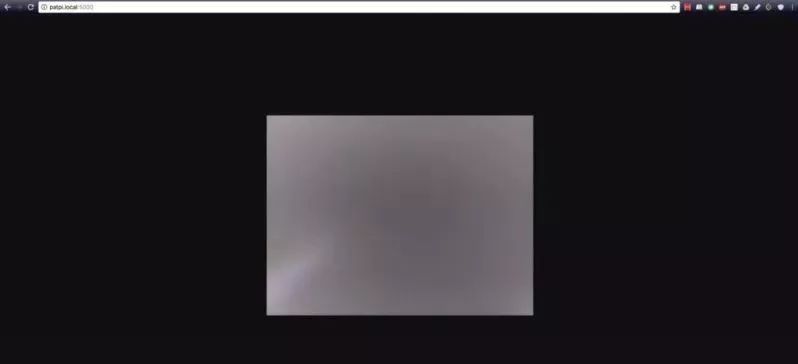
6. Shut down the Raspberry Pi and disconnect the Micro-USB and CSI cables.
Install Hardware
1. Solder the pin header to the Raspberry Pi. You will need the Raspberry Pi, soldering kit, and GPIO pin header.Pass the shorter end of the pin header through the front of the Raspberry Pi.Be careful to solder the forty pins.
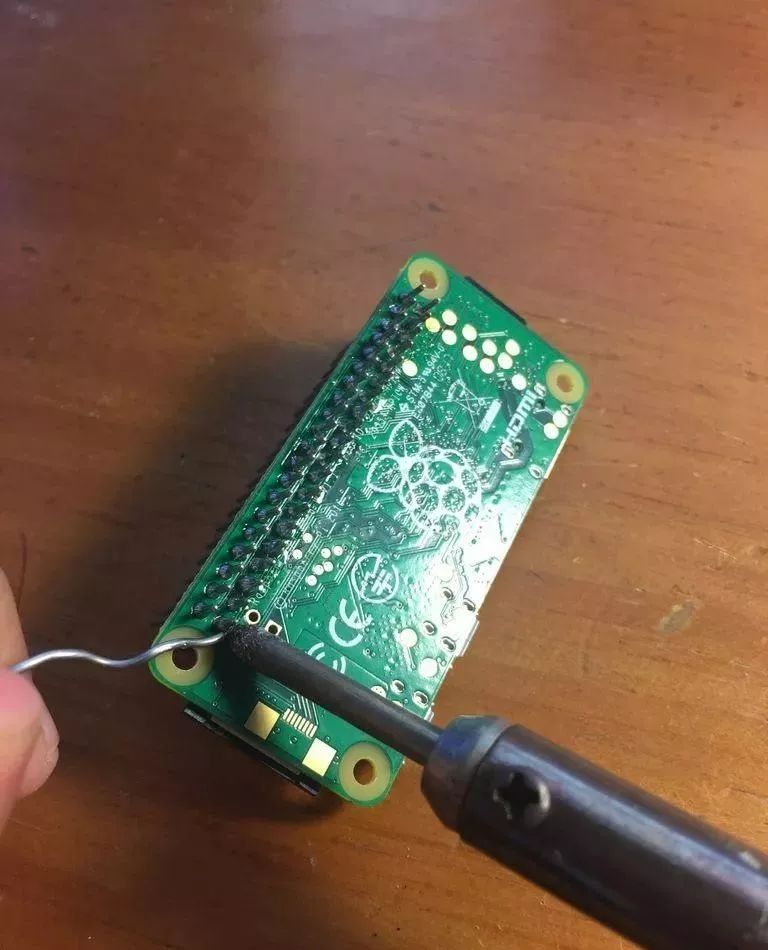
2. Installation of LED lighting. You will need two female-to-female jumper wires, the Raspberry Pi, a 100 Ohm resistor, and an LED.
Remove the jumper connector and strip one end of the jumper wire.
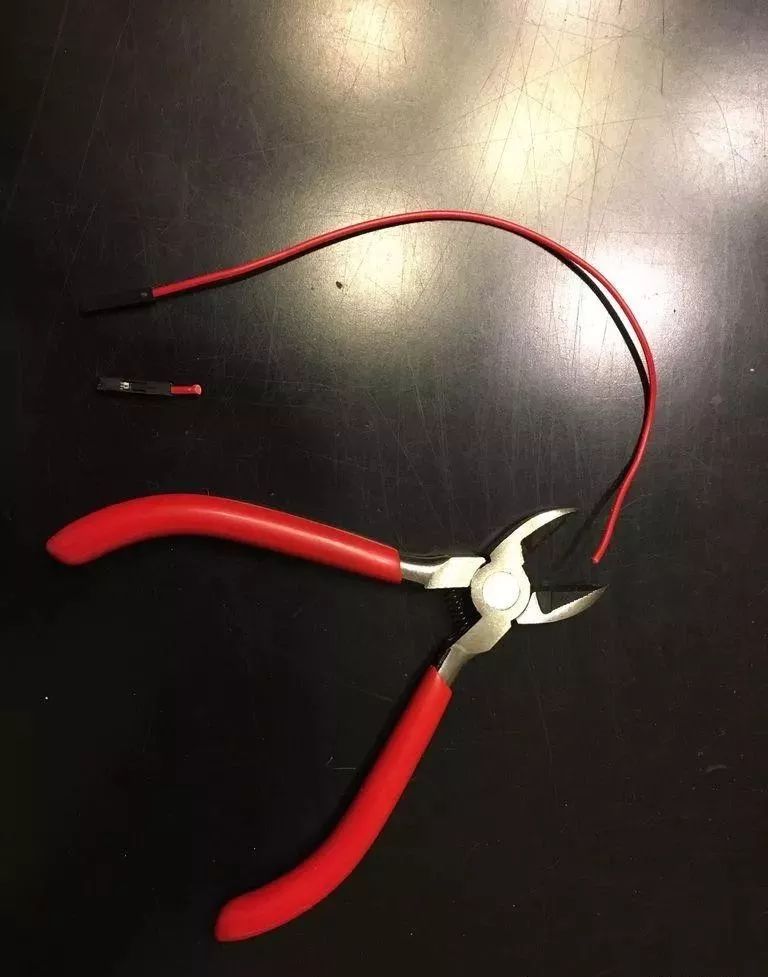
Solder the short end of the LED to the jumper wire.
Solder the resistor to the long end of the LED and solder the other end of the resistor to the stripped wire.
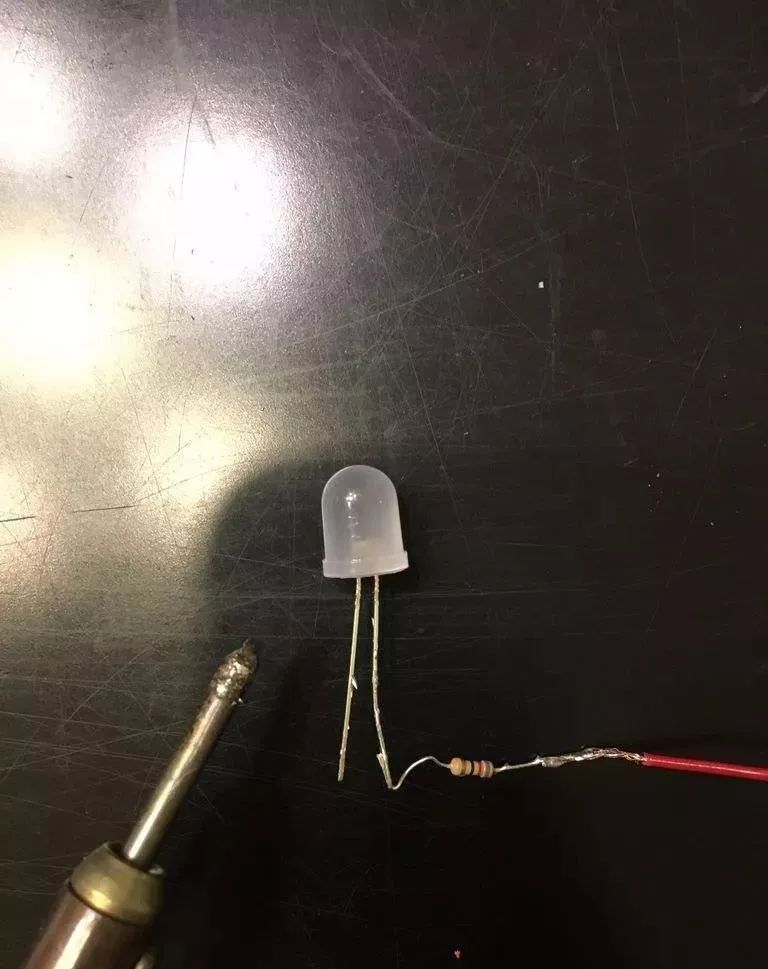
As shown, connect the jumper wire connected to the short end of the LED to pin 6 of the Raspberry Pi.

Power the Raspberry Pi with a Micro-USB cable.Connect another jumper wire to pin 2 of the Raspberry Pi, at this point, the LED should light up.Disconnect the jumper wire connecting the Raspberry Pi and the Micro-USB cable.
3. Final installation. You will need the assembled 3D printed components, camera, CSI cable, camera fixing firmware, etc.Place the camera on the top of the bracket and secure it in place.
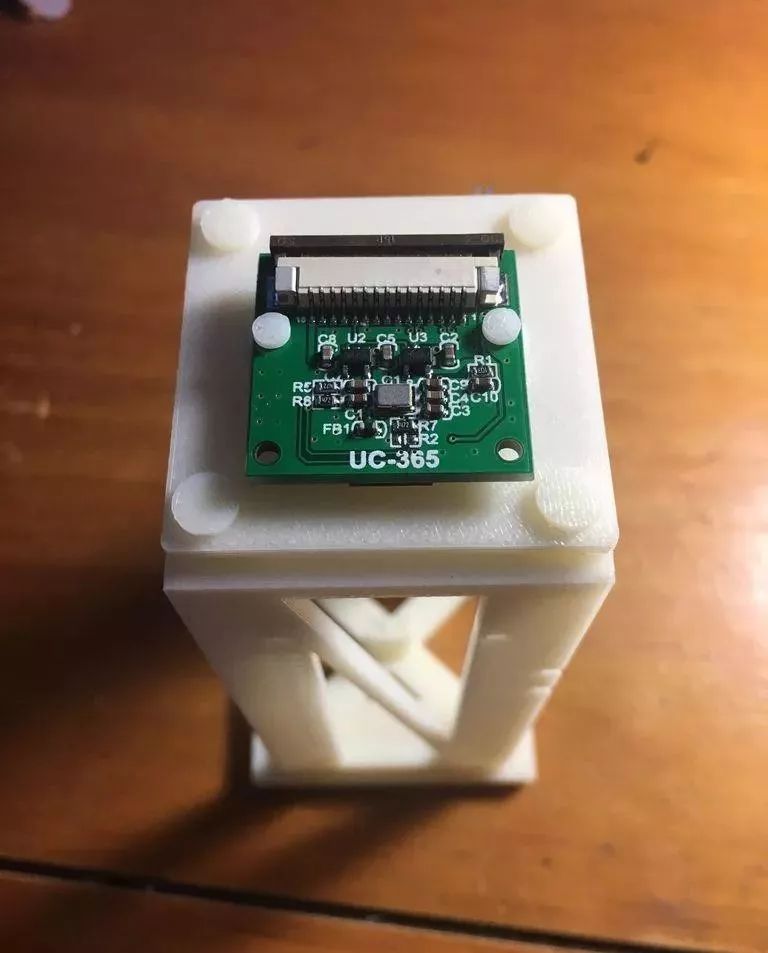
Install the Raspberry Pi in place.
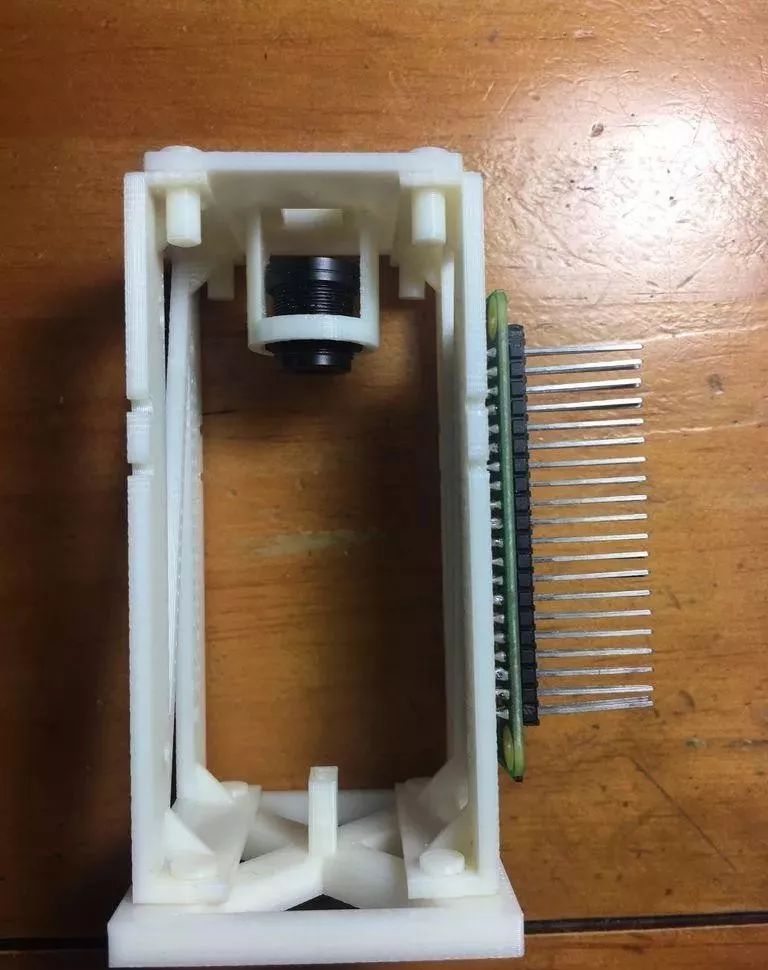
Connect the CSI cable to the camera and the Raspberry Pi.
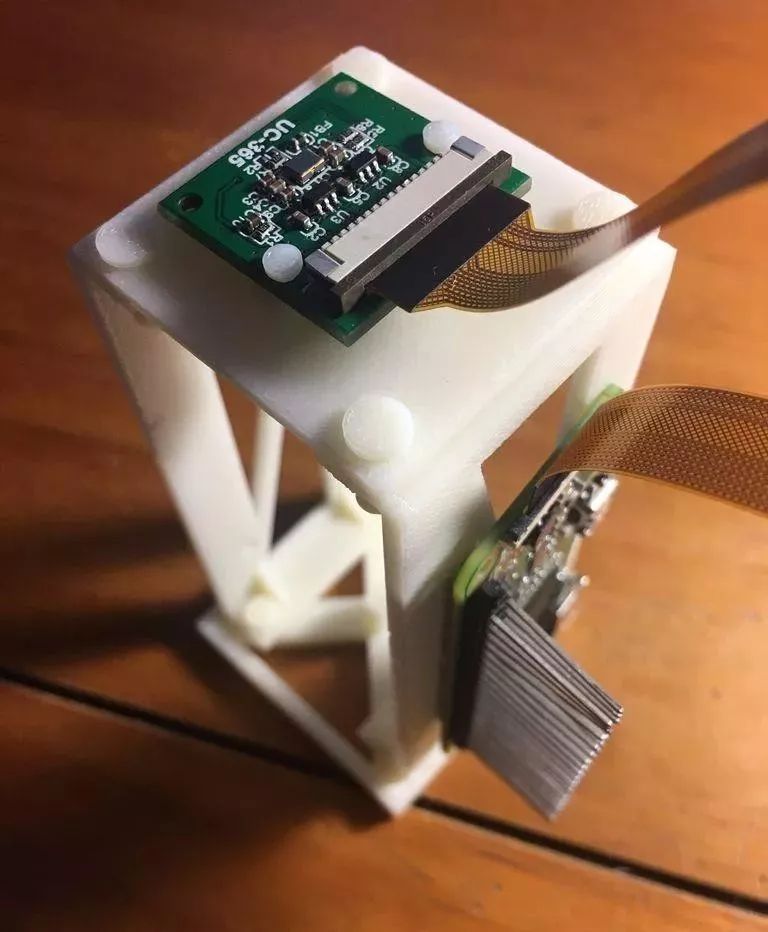
Insert the small or large sliding tray into the side gap.

Finally, connect the jumper wire and LED to the Raspberry Pi. Place the LED on the base’s pin seat.
Testing
1. Power the Raspberry Pi with a Micro-USB cable. Enter the Raspberry Pi via SSH.
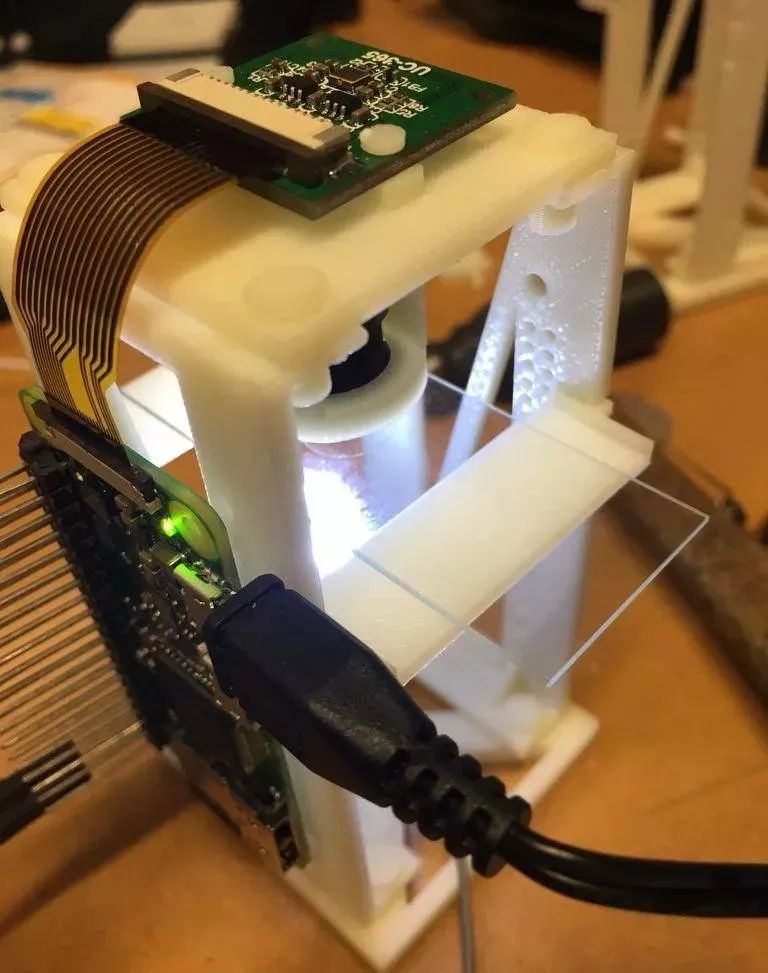
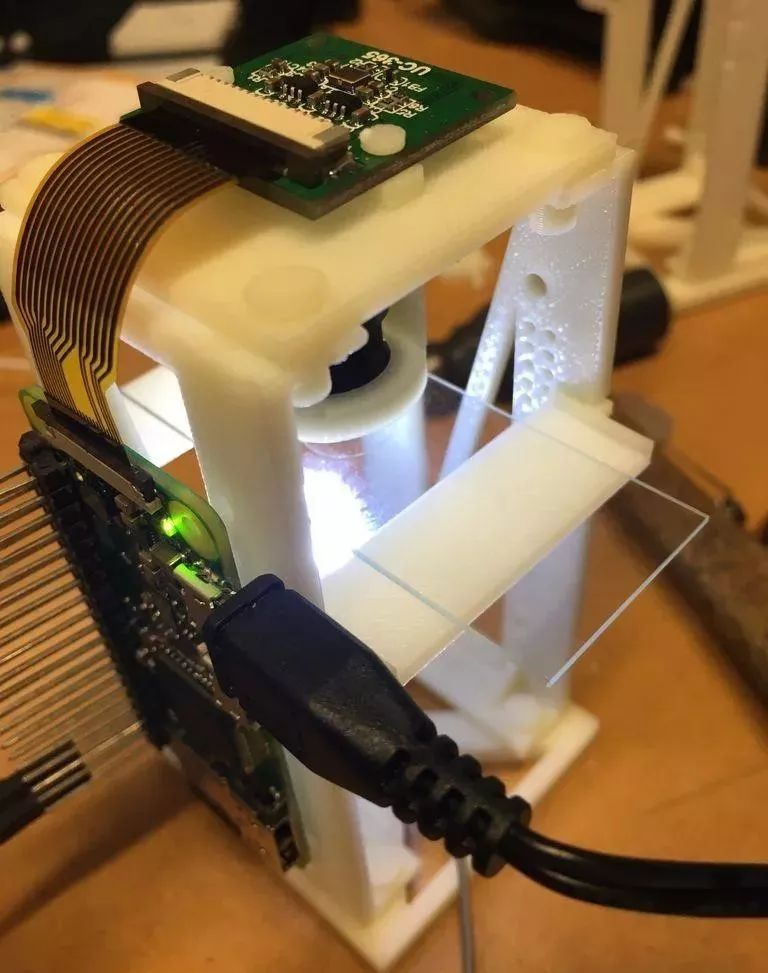
2. Place a very small object, such as a hair, on the microscope slide.3. Place a piece of tape on the object to fix it to the slide (this helps with focusing).4. Slide the microscope slide across the tray.5. Run the following command to test if the simple microscope works properly.
cd picroscope
python LiveStream.py
|
Carefully rotate the lens clockwise or counterclockwise to adjust the focus.
|
Now you can see the image of the hair.
Isn’t it an interesting piece of equipment? You can use this microscope to study other things.
https://www.instructables.com/id/Picroscope-a-Low-Cost-Interactive-Microscope/
Translated by:Fun Endless
Huawei launches the most powerful AI + 5G mobile phone chip, the Kirin 990 series is here!
The storage market under technological change: amidst the hustle and bustle lies a shuffle, under expansion lies heavy pressure.
Huawei responds to the new investigation by the U.S. Department of Justice: firmly believes that independently developed products do not infringe.
Latest announcement! The TI Cup National College Student Electronic Design Competition winners list is announced.
Focus on industry hotspots, understand the latest frontiers
Please pay attention to EEWorld Electronic Headlines
http://www.eeworld.com.cn/mp/wap
Copy this link to your browser or long press the QR code below to browse

All the following public accounts belong to
EEWorld (www.eeworld.com.cn)
Welcome to long press the QR code to follow!
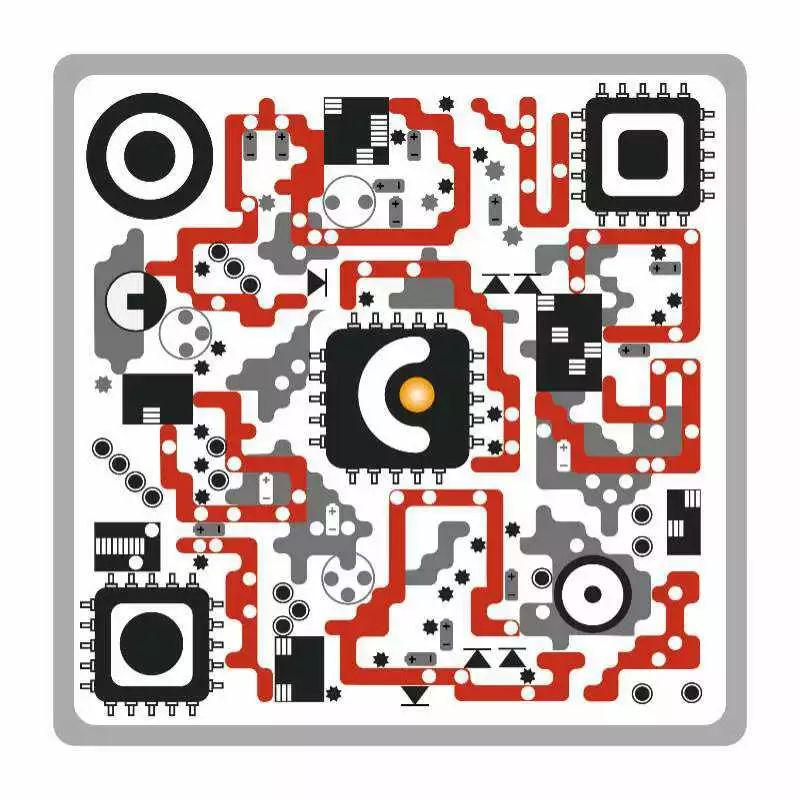
EEWorld Subscription Account: Electronic Engineering World

EEWorld Service Account: Electronic Engineering World Welfare Society











































